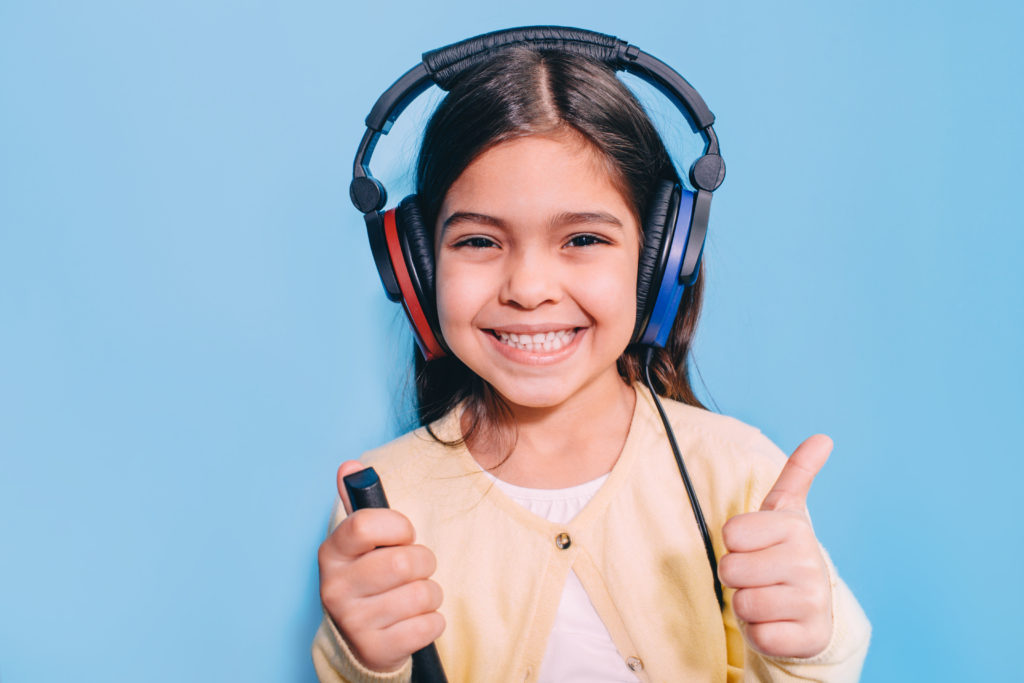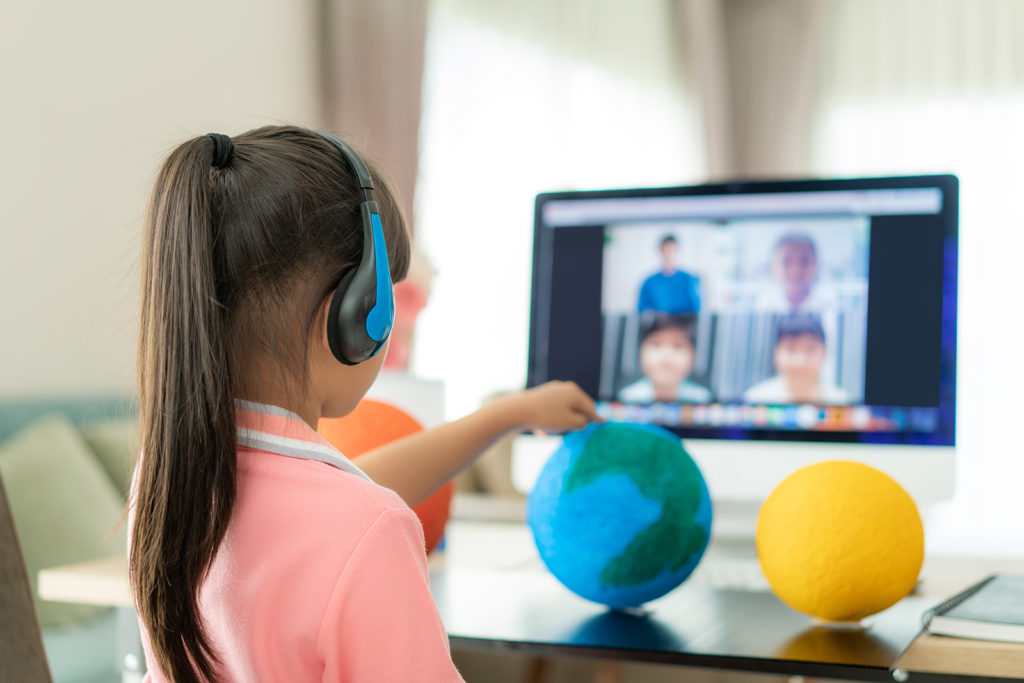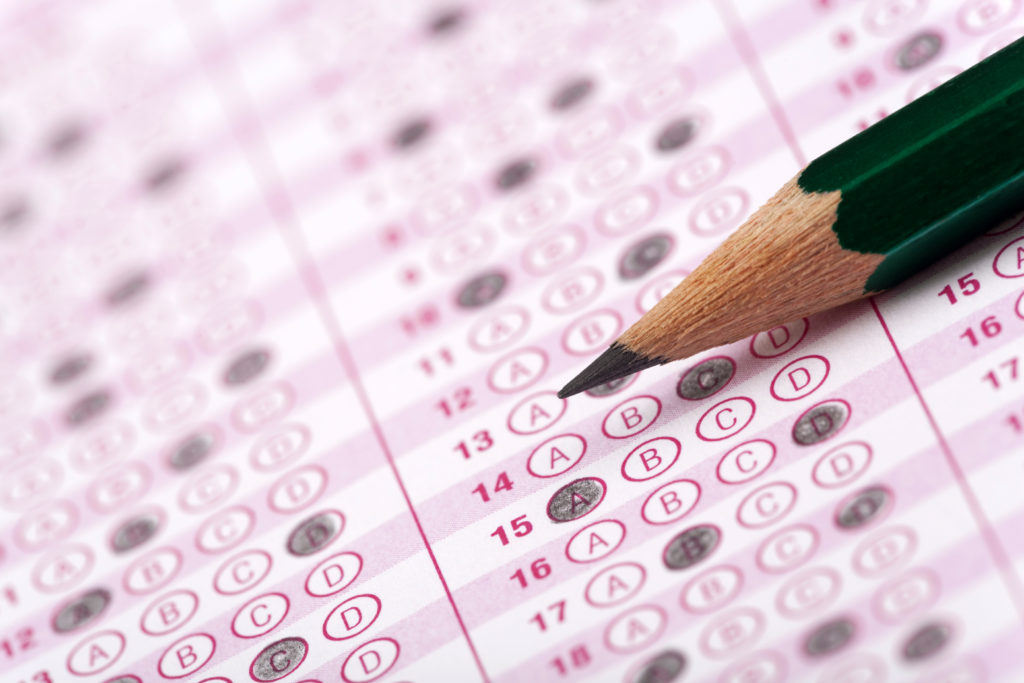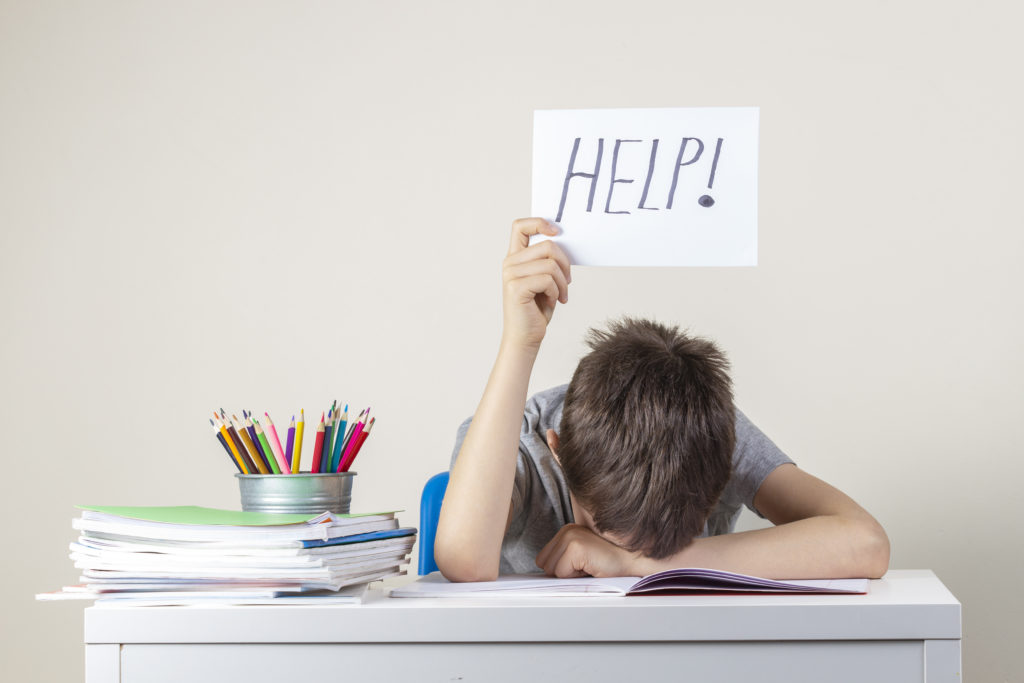So What Kind of Assistive Technology Tools are out there?
Marwa Helmy
Research & Content Creator @ VRapeuticnote
You can check out the Original Article here, on Yuram's website.

Our previous article discussed what assistive technology is, what assistive technology for learning disabilities means, and the types of learning difficulties that assistive technology helps with. This article will build on the previous one, and it will address the different kinds of assistive technology that are out there. Additionally, we will focus on the factors that should be considered when evaluating assistive technology for a child.
There are various assistive technology tools out there. The ones that will be covered are some of the most commonly used ones. Moreover, these assistive technology tools are directly related to helping with the learning difficulties addressed in the previous article. These learning difficulties are explicitly reading, writing, organization and memory, math, and listening.


